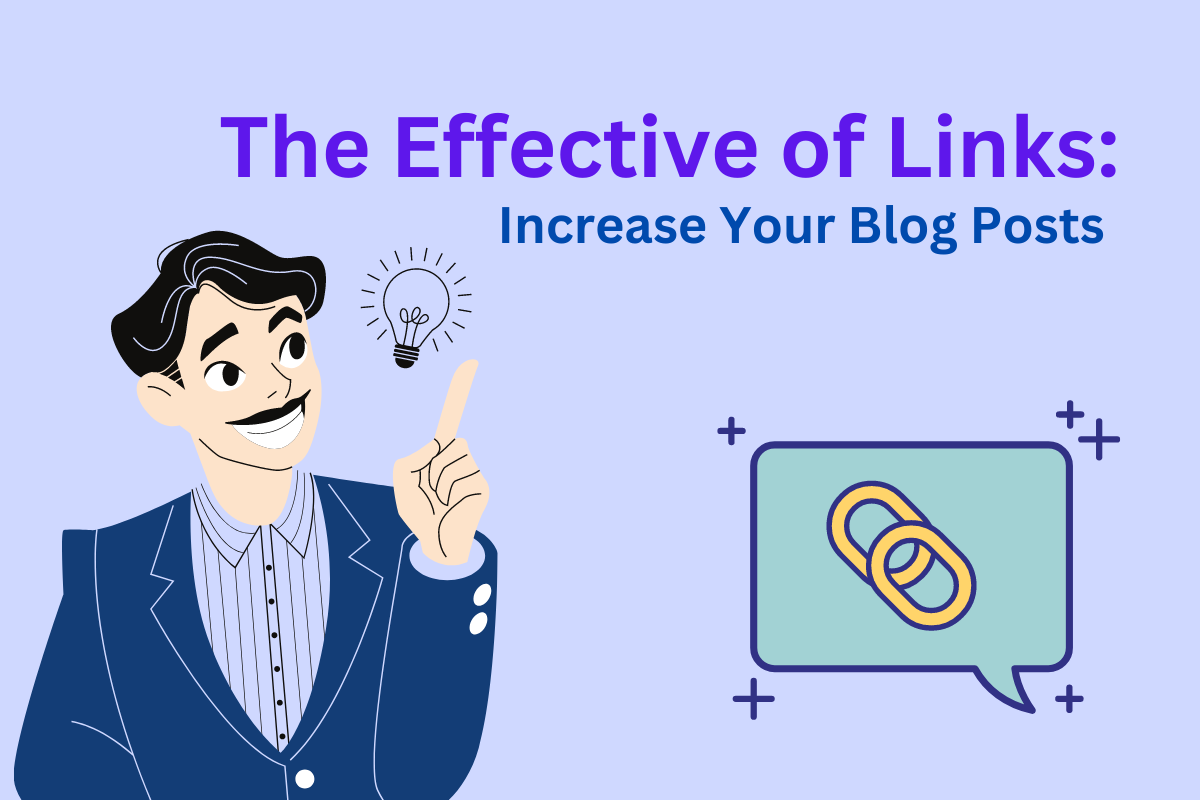Why Scalable Review Management Matters
Online reviews shape public perception. For businesses with one or two locations, it’s fairly easy to keep track. But for companies managing multiple locations, franchises, or national brands, review volume can grow fast—and so can the risk.
If left unmonitored, a handful of negative reviews can skew public opinion, lower local search rankings, and impact customer conversion rates. Worse, harmful or fake reviews may go unnoticed for weeks or months unless you have a system in place.
This guide outlines how to monitor, manage, and remove Google reviews at scale, including how to respond strategically, what qualifies for removal, and how to correctly use the option to delete a Google review (when possible). We’ll also highlight how platforms like Reputation Galaxy support multi-location businesses with scalable solutions.
The Challenge of Review Management at Scale
Whether you’re managing 10 locations or 1,000, you’re dealing with:
- High daily review volume across profiles
- Inconsistent feedback types (positive, negative, fake, irrelevant)
- Limited in-house resources to track and respond to all reviews
- Missed removal windows due to delayed detection
- Potential damage to brand trust and local SEO rankings
Without a centralized system and clear workflow, review chaos quickly becomes a reputation liability.
Step 1: Monitoring Reviews Across All Locations
The first step in scaling reputation management is visibility. You can’t fix what you don’t see.
Recommended Monitoring Tools
- Google Business Profile Manager: Allows bulk access to locations and review feeds, but lacks advanced alerting features.
- Review aggregation platforms: Tools like Birdeye, Podium, Yext, and ReviewTrackers allow for multi-location monitoring with real-time alerts, sentiment analysis, and team collaboration.
- Custom dashboards: For enterprises with internal dev teams, use the Google My Business API to pull reviews into internal dashboards for daily monitoring.
Best Practices
- Set up daily or real-time alerts for new reviews
- Flag keyword triggers (e.g. “scam,” “lawsuit,” “unsafe”) to prioritize attention
- Segment by location, severity, and review type to assign internal follow-up
Step 2: Standardizing Review Responses
At scale, consistency is key. You want every response to reflect your brand’s voice, professionalism, and values.
Build a Response Playbook
Create templates for:
- Positive reviews
- Neutral or vague reviews
- Negative but valid reviews
- Inappropriate or fake reviews
Train your local managers, customer support reps, or external reputation team on these guidelines. Include tone, timing, escalation process, and what not to say (e.g., don’t argue or confirm personal details publicly).
Centralized or Localized?
For brands with strict tone-of-voice requirements, a centralized response team is often more efficient. But for businesses that value local personality, consider hybrid models—local teams write first drafts, corporate reviews and approves.
Step 3: Identifying Reviews That Qualify for Removal
Not all negative reviews are removable. However, scalable review removal is possible when clear guidelines are followed.
Qualifying Violations
Google will consider removing reviews that involve:
- Spam or fake content
- Conflicts of interest (e.g., from competitors or ex-employees)
- Offensive or harassing language
- Illegal content or dangerous claims
- Off-topic reviews that don’t describe an actual experience
When violations are spotted, teams can request that Google delete a Google review using the flagging system.
Process at Scale
- Train teams to recognize policy violations
- Use form submissions or internal workflows to initiate review flagging
- Keep documentation for each flagged review (screenshots, internal records)
- Track success rate of removal efforts by location and review type
Step 4: How to Delete a Google Review (the Right Way)
Let’s clarify the process: only the original reviewer or Google can delete a Google review. Businesses cannot remove reviews themselves.
How to Flag a Review for Removal
- Open your Google Business Profile
- Find the review in question
- Click the three-dot menu next to the review
- Select “Report review”
- Choose the most appropriate violation type
For Better Success Rates:
- Provide proof if requested (e.g., appointment logs, customer database records)
- Avoid emotion or vague claims—be specific and policy-focused
- If the review is not removed within 10 business days, escalate using Google Business Support
At scale, this becomes a time-consuming process—which is why many businesses choose to outsource removal efforts to professionals.
Step 5: Using Review Suppression When Removal Isn’t Possible
Not all reviews break the rules. For legitimate negative reviews, your best option is review suppression: pushing the harmful review down with newer, positive reviews that dilute its impact.
Suppression Strategies
- Implement automated review requests post-purchase or post-visit
- Use QR codes, SMS links, or email templates to make it easy for satisfied customers to leave reviews
- Track location performance to identify which areas need more volume
- Publish weekly Google Posts to maintain active business profiles and increase trust signals
Reputation Galaxy offers suppression campaigns that include review generation, content publishing, and SEO tactics to reduce the visibility of harmful reviews that can’t be deleted.
Step 6: Measuring Success and Reporting
Tracking progress is essential to ensure review management becomes an ROI-driving function rather than a reactive cost center.
Metrics to Monitor
- Star rating per location
- Volume of new reviews (weekly/monthly)
- Review sentiment analysis (positive/negative ratio)
- Response time to negative reviews
- Review removal success rate
- Ranking improvements in Google Local Pack
Use this data to guide strategic decisions, allocate resources, and demonstrate the value of your reputation efforts to leadership or franchise owners.
How Reputation Galaxy Supports Scalable Review Management
Reputation Galaxy works with multi-location businesses, national brands, and agencies to provide full-service review monitoring, management, and removal.
Their Scalable Services Include:
- Centralized review monitoring across locations
- Policy-based removal requests submitted to Google on your behalf
- Escalation of denied requests via Google Business Profile support
- Review suppression campaigns for non-removable content
- Custom reporting dashboards to track improvements and issues
Whether you’re managing 5 locations or 500, their systems are built to scale review protection without cutting corners.
Control at Scale Is Possible
Google reviews are powerful—and they don’t slow down just because your business is growing. The larger your footprint, the higher the stakes.
With the right systems, training, and partners in place, you can monitor, manage, and remove Google reviews at scale—protecting your reputation, improving customer trust, and driving long-term growth.
Don’t wait for a negative review crisis to build your system. Start now. Stay in control.








